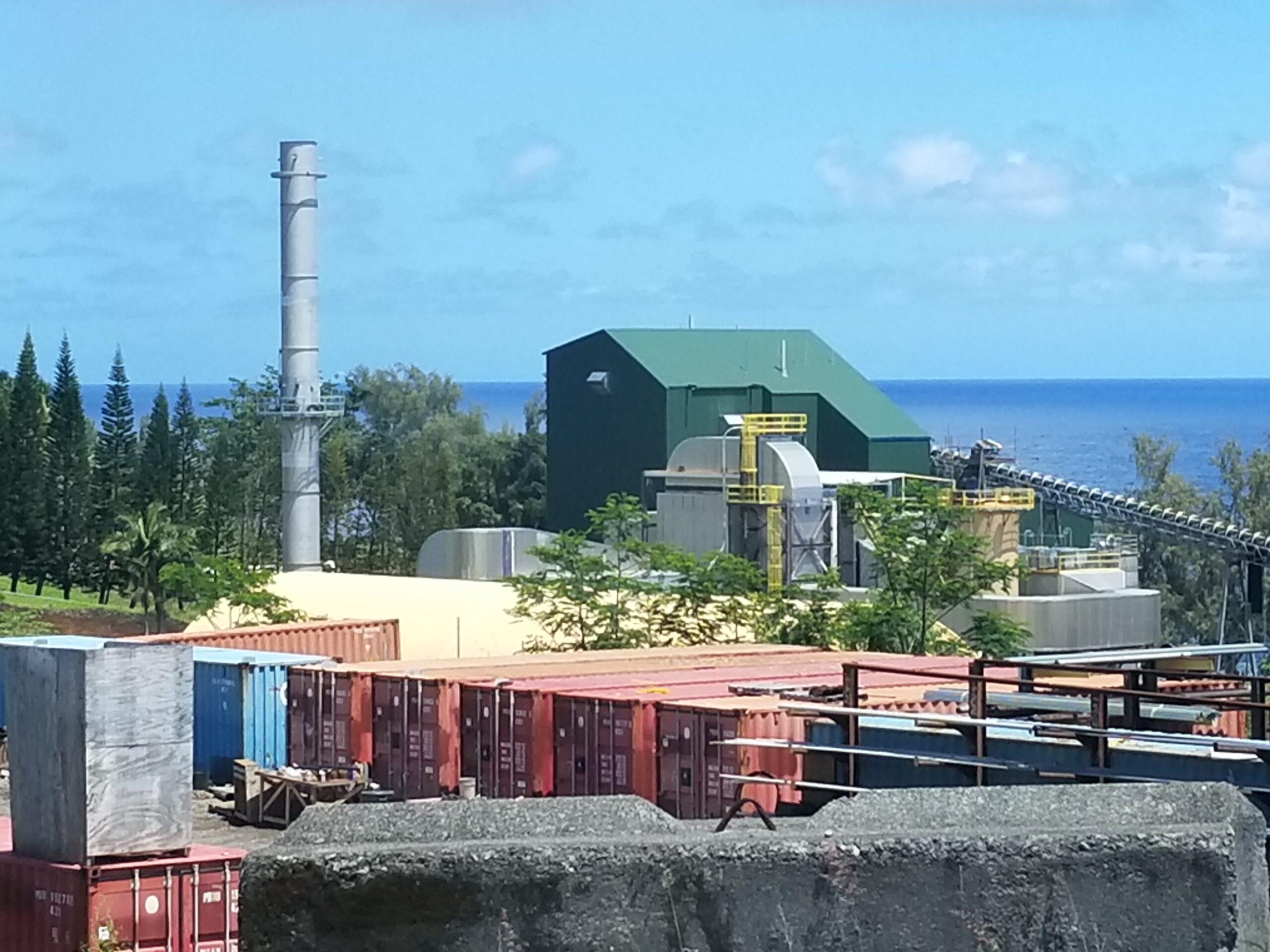Hu Honua`s long-running tree-burning fiasco has entered its 17th year. Hu Honua Bioenergy LLC was incorporated on April 8, 2008, to burn trees to generate electricity to be sold to Hawaiian Electric Company (HECO) subsidiary Hawaii Electric Light Company (HELCO).
Diesel-power equipment is used to chop down trees, transport logs, and turn the wood into woodchips, to be inefficiently burned to produce electricity. The proposed process would produce very expensive energy. Considering all fuels including coal, wood burning has the highest lifecycle greenhouse gas intensity (kg CO2e/kWh).
Trees are the lungs of the planet, absorbing carbon dioxide and emitting oxygen. Hu Honua`s public disinformation campaign asserted that their project would cause greenhouse gas emissions to decrease, and electric rates would not rise.
The Public Utilities Commission (Commission) approved exempting the project from competitive bidding in 2008 since there was not much competition at that time. The solar, wind, and storage revolutions were in their infancy.
The Commission granted participant status to Life of the Land (LOL) in the Commission`s review of the HELCO-Hu Honua Power Purchase Agreement (PPA). Since the Commission`s focus was on rates and not on construction, Hu Honua started their construction activities in 2012 before receiving approval to sell the electricity to the utility.
The Commission approved the sales agreement in 2013. However, Hu Honua had extensive, ongoing problems. Hu Honua could not meet the deadlines in the agreement due to their legal disputes with contractors, labor unions, and landowners. Hu Honua`s blunders led HECO to cancel the agreement in 2016.
Hu Honua filed a $1 billion federal lawsuit in the United States District Court for the District of Hawaii. Hu Honua threw a spaghetti list of allegations against a wide variety of defendants.
HECO and Hu Honua agreed to suspend the lawsuit so that a revised agreement could be filed with the Commission. The revised Power Purchase Agreement was filed in 2017. The Commission approved the agreement. Life of the Land filed an appeal.
The Hawaii Supreme Court ruled, “As a threshold matter, we hold that this court has jurisdiction to consider LOL’s appeal. We further hold that the PUC erred by failing to explicitly consider the reduction of GHG emissions in approving the Amended PPA, as required by statute, and that the PUC denied LOL due process with respect to the opportunity to be heard regarding the impacts that the Amended PPA would have on LOL’s right to a clean and healthful environment.”
This began a long battle analyzing the life cycle greenhouse gas emissions associated with the boondoggle project. Hu Honua filed speculative assertions that it would find carbon offsets for its massive greenhouse gas emissions.
Hu Honua arrogantly sent 800 emails to the Commission demanding that the Commission approve the project. Hu Honua accused Life of the Land of being a cyber terrorist for not supporting their catastrophic project.
The Hawaii Supreme Court heard three more appeals and issued three more decisions. Life of the Land`s briefs filed with the Commission and the Hawaii Supreme Court compared the estimated life cycle greenhouse gas intensities for three solar plus storage projects with the Hu Honua project.
GHG Intensity (kg CO2e/MWh): Mahi Solar (49), AES Mountain View Solar (76), Kupehau Solar (93), Hu Honua (2,697)
The fourth Hawaii Supreme Court in March 2023 appeared to end the fiasco. Court observers noted that the total of four appeals and decisions involving one proposal may have set a Hawaii Supreme Court record.
During 2023-24, Hu Honua set about acquiring after-the-fact county permits for various unpermitted grading and construction activities they had improperly engaged in over the previous decade.
Hu Honua set about acquiring Department of Health permits to operate Underground Injection Wells adjacent to the ocean. If any pollutant (chemical or heat) significantly impacts ocean water, then a National Pollutant Discharge Elimination System (NPDES) permit is also required.
The County of Maui argued that if it is proven that an Underground Inject Well is contaminating the ocean, but if the pipe does not physically touch the ocean, then the federal clean water act is not triggered. Earthjustice sued Maui County against this ludicrous claim, and successfully won in U.S. District Court, the Ninth Court of Appeals, and the U.S. Supreme Court.
Hu Honua built 400-foot injection wells that failed, so Hu Honua extended the pipes to a depth of 800 feet. The Department of Health is reviewing Hu Honua`s proposal. If the Department of Health gives some kind of draft approval, a contested case proceeding will be triggered.
Following their latest loss at the Hawaii Supreme Court in 2023, Hu Honua relaunched their federal lawsuit seeking $1 billion in damages from HECO. Hu Honua asked the federal court to allow them to expand the number of issues, expand the number of defendants, and to revise their complaint.
Hu Honua asserted the Magistrate Judge could only issue findings and recommendations to the district court. The Magistrate Judge issued an order on April 4, 2024. “Without suggesting what standard of review the district court might apply to this decision, the Court issues an order as opposed to a findings and recommendation.”
The Judge rejected Hu Honua`s proposal to add “the Clayton Act § 7 claim and its state law counterpart, the proposed amendments to the existing Sherman Act claims and its state law counterparts, and adding Hawaiian Electric, Inc.’s subsidiaries—Pacific Current, Hamakua Holdings, and Hamakua Energy—as named defendants.”
“Hu Honua may file a third amended complaint by April 23, 2024, unless it timely objects to this order pursuant to Rule 74.1 of the Local Rules of Practice for the United States District Court for the District of Hawaii.”

